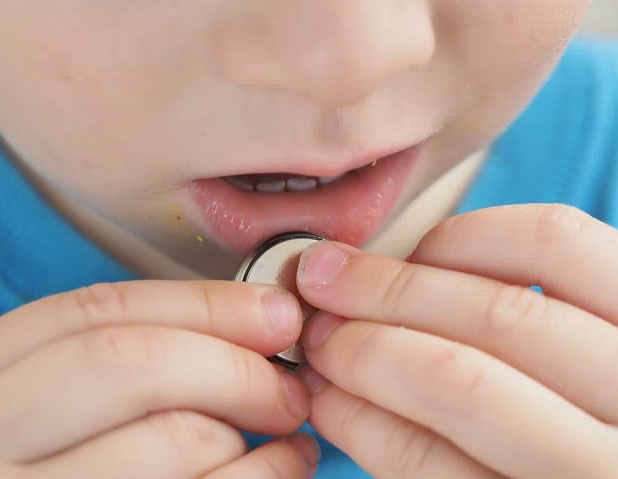Clinical sciences
Exploring home first aid methods for button battery ingestion in infants
Button battery ingestion in young children can cause life-threatening oesophageal injury. Immediate first aid at home can be critical, but few household products are proven effective in reducing injury. While honey is often recommended, it is not always available and is unsuitable for infants under 12 months.

Research led by the Poisons Information Centre aimed to explore alternatives that would support home first aid of button battery ingestion. They explored using pig oesophagus, testing saline, honey, jam, orange juice, yogurt, milk, and cola. Each was applied every 10 minutes over six applications, with tissue pH and ulcer size measured after 2 hours.
Honey and jam were found to reduce ulcer size effectively, leading to updated recommendations that jam can be used as first aid if honey is unavailable or inappropriate.
Published in the Annals of Emergency Medicine, the research was led through the Poisons Information Centre based at Kids Research in collaboration with the University of NSW and NSW Health Pathology.
Utilising 3D technology to enhance ankle-foot orthotic devices for children
3D scanning and printing technology is quickly gaining attention as an alternative to the traditional plaster-cast fabrication for orthotic devices such as AFOs (ankle-foot orthoses). Such devices are often prescribed to children with movement disorders such as Charcot–Marie–Tooth disease or cerebral palsy.

Researchers conducted a comparative study that assessed the accuracy and speed of two high-performing 3D scanners with plaster casting in children requiring an AFO. The results showed comparable accuracy and faster capture of key clinical landmarks when compared with plaster cast measures.
The research was led by the Engineering Protoypes and Implants for Children (EPIC) Lab at Kids Research and published in the Journal of Foot and Ankle Research.
They are currently developing a mechanical tester for AFOs that will help researchers and clinicians to optimise the performance, design and 3D printing methods for these devices.

